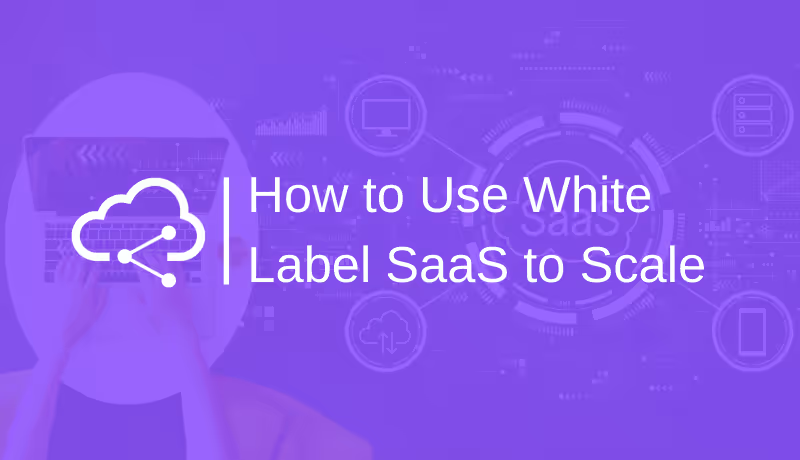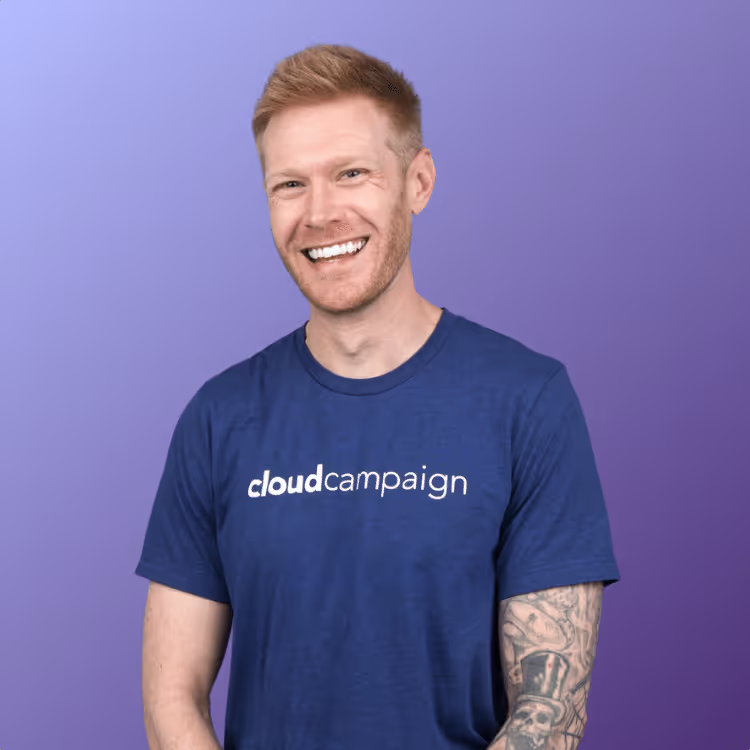How to Use White Label SaaS to Scale Your Agency
February 28, 2023
5 min read

CONTENTS

If you’ve read our 2023 State of the Social Media Agency report, you know top-performing agencies are turning to white-label SaaS to create a ton of value - and revenue - for their business and customers.
It's no secret that now is a great time to be an independent agency or freelancer. But, the other side of the coin is that the market is getting more saturated. This makes it harder to distinguish yourself amidst a sea of agencies. One way to expand your agency’s offering without investing extra resources is through white-label software as a service. Or, what we call DIY SaaS.
This involves re-skinning existing software with your brand and selling access to it along with other offers you provide. Also known as the SaaS reseller model, it is a hot-but-hidden trend amongst the top-performing agencies. What's the main reason they're taking it on? Because it’s such a reliable source of scalable revenue!
But creating a white-label SaaS offering isn’t as hard as it sounds. In this post, we’ll explore the benefits of this model and how to integrate it into your business.
How can white-label SaaS benefit your agency?
White-labeling software creates value for your agency by allowing you to monetize your tools and expertise. As a result, you can pass that value onto your clients by providing tools and resources they wouldn't otherwise have access to.
When paired with automated onboarding and supporting resources, this frees up precious time and energy to pursue higher-level work. You know, the important things we put off like acquiring new clients, offering premium support, or developing new products. You can also use this as an entry point for higher-tier packages. Or, maybe you just want to use that extra time to binge your favorite Netflix series - no judgment!
The DIY SaaS model also creates additional scalable profit centers. This means your business can proliferate without needing to add more overhead to your bottom line.
You can build monthly revenues stream that begins to compound on itself as you add more white-label SaaS clients. As this revenue scales, so can your business! Agencies that have adopted this model also leverage partnerships with their customers for referrals to scale.
Incentivizing your customers to find new clients for your business can be a low-effort, high-reward strategy providing stable recurring revenue. How’s that for your next #growthhack?
How to build a white-label SaaS business model with Cloud Campaign
One helpful way to imagine this business model is to compare it with the traditional direct agency model.
In this model, the agency creates revenue from working directly with clients, managing their campaigns, and reporting progress.
Many agencies operate in this fashion, and that's great! But, the main challenge this model faces is needing more resources (people and tools) as clients are added. In this sense, the business depth is shallow and limited to its team’s output capabilities.

In comparison, the DIY SaaS model grows faster without adding resources. By automating the customer acquisition and onboarding process, then incentivizing your customers to bring in new clients of their own, your business is ready to scale!
But that’s only the beginning. Next, we’ll cover how to implement this model in the real world at a high level.
Building a DIY SaaS Agency
Every agency is unique and has access to a range of tools and budgets. What's below are the bare-bones of what you need to get started if SaaS is a good fit for your business.
The first thing you’ll need to build this model is a performance-oriented landing page for your white-label SaaS offering. This means your page is responsive, concise, and optimized for SEO with a clear call to action.
You can also use paid ads to drive traffic to this page, but that’s a topic for another day!
Next, create a signup form using WuFoo or a similar form collection app and integrate it with your landing page. Most hosting services, like Squarespace, have these functions built-in - usually for an additional fee.
You’ll also need a way to collect payment. Services like Stripe plug nicely into this model, letting you quickly and securely send invoices or issue refunds.
After your clients sign up for your service, they’ll need access to the platform. Enable Cloud Campaign’s Zapier integration to automatically create new workspaces for clients and email them with their account access. Automation steps like this save you the hassle of creating new accounts and workspaces every time a customer signs up.
Use your favorite email marketing software, like MailChimp, to send an automated onboarding email series. This should be welcoming them to your brand and help them get started.
This is one of the most essential pieces! The main reason folks abandon their software? They didn’t take the time to learn how to use it.
You can mitigate this churn by getting them the information they need to get started, right away. Check out our free generalized onboarding email to get started, then personalize it to your needs.
Price your white-label software
How much you charge for your software and other services depends on your business’s requirements and available resources. It’s impossible to provide a blanket formula for pricing. But, we can offer models and approaches to help you figure out how much to charge for white-label SaaS.
The main goal for pricing your software is to provide value to your customers while generating profit for your business.
What that looks like will vary for each business. The folks in your market are real people looking for value and results. They won’t subscribe or stick around with their subscription if they don’t feel like they’re getting what they pay for. That balancing point is your cost-to-value ratio.
If you don’t know where to start, we got you! There’s a lot here to consider. Check out our post on How to Price White-Label Software for more information on building your pricing structure.
After these pieces are set in place, it's a matter of fine-tuning your lead funnel as you collect recurring SaaS payments.
Conclusion
We built Cloud Campaign to help marketing agencies do more with less. Assisting agencies to use our software to scale is our specialty!
Want to learn how this DIY SaaS model? Schedule a demo with our team to learn how it can fit into your business. Or, click here to download our general SaaS onboarding template to get started.
.png)



